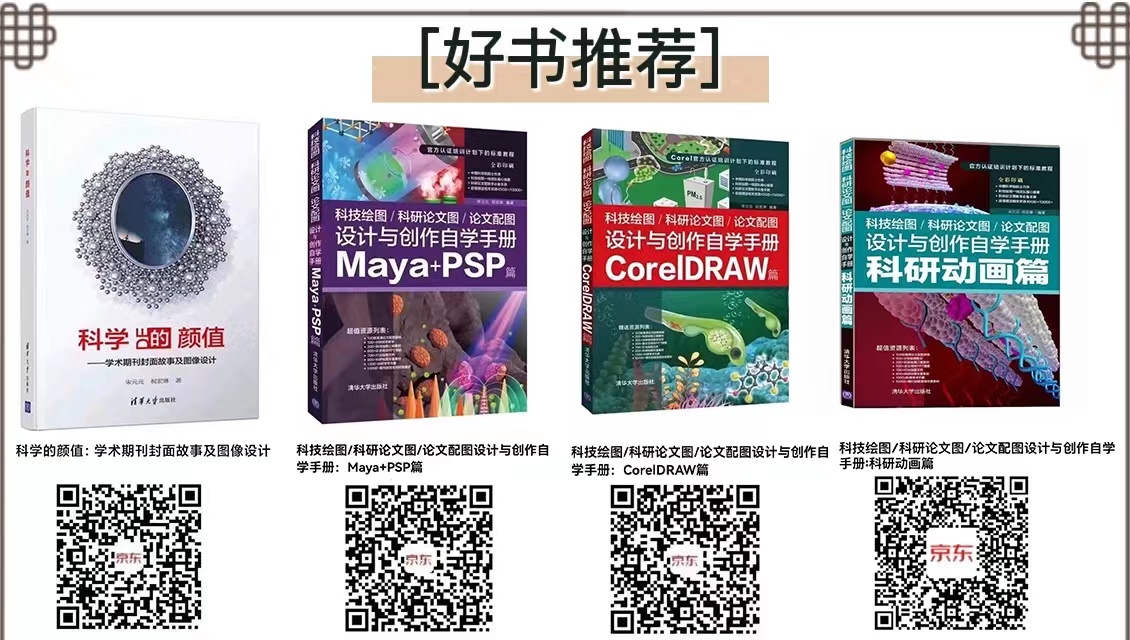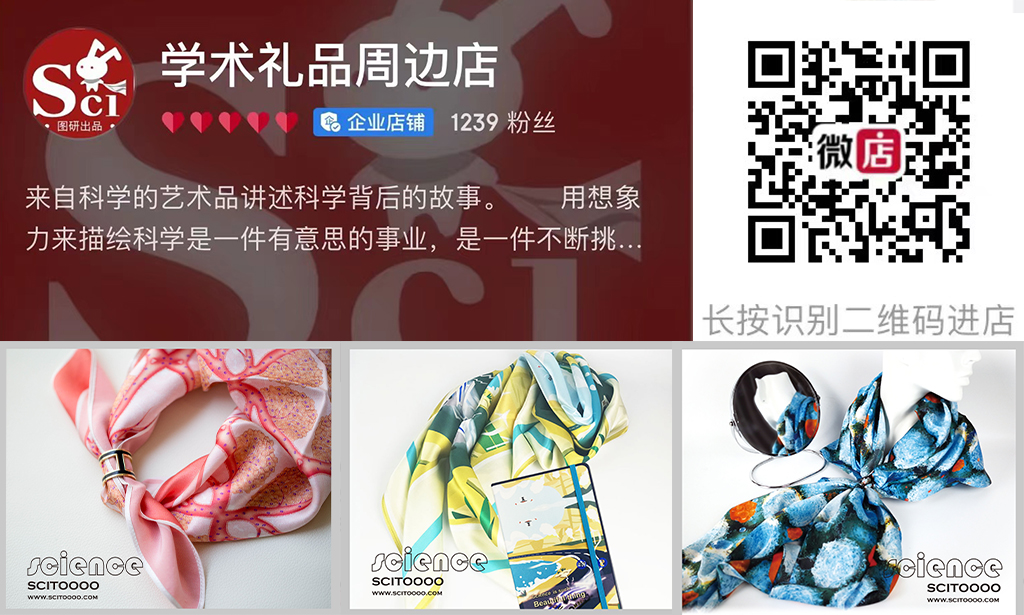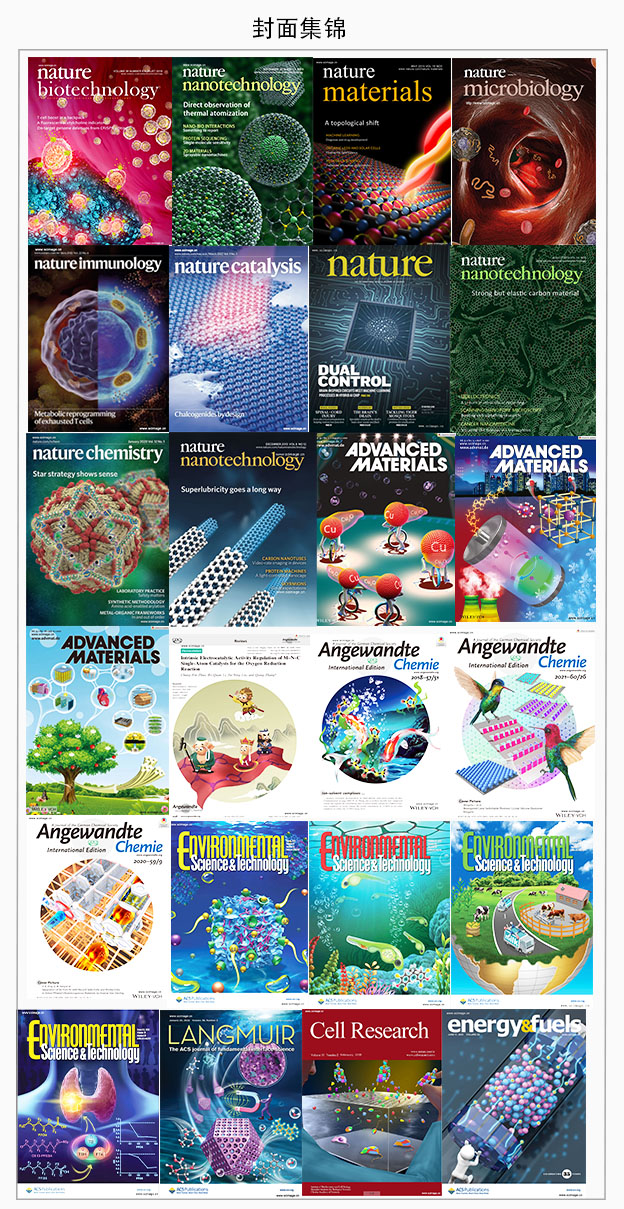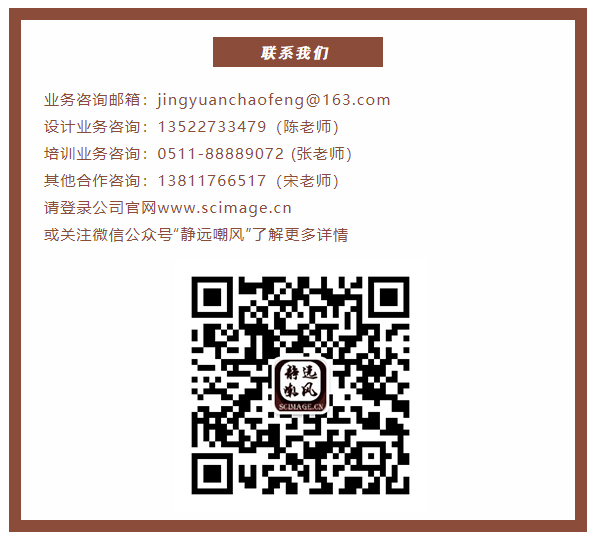博文
2013年静远嘲风封面合集(一)
||

▲ Vol 03 Issue 11 | October 01, 2013
Unsupported nanoporous gold for heterogeneous catalysis
Xiaomei Zhanga and Yi Ding
Nanoporous gold fabricated by dealloying represents a new type of heterogeneous catalysts. It has attracted arising interest from the catalysis science and technology community in recent years due to its unique structural properties, including open nanoporosity, high surface area, excellent electrical conductivity, nontoxicity nature, easy recyclability, and tunable surface chemistry. This mini-review summarizes recent advances in this exciting field and emphasizes novel performance in important heterogeneous catalytic applications.
http://pubs.rsc.org/en/content/articlelanding/2013/cy/c3cy00241a#!divAbstract

▲ Vol 25 Issue 12 | March 25, 2013
Force Sensors: Hybrid Mechanoresponsive Polymer Wires Under Force Activation (Adv. Mater. 12/2013)
Hongbin Feng,Jin Lu,Jinghong Li,Francis Tsow,Erica Forzani,Nongjian Tao
Force activation is triggered in a stretched polymer wire with color changes produced as the molecules undergo structural and conformational changes. Nongjian Tao, Jinghong Li, and co-workers show on page 1729 that the hybrid mechanosensitive polymer wire can function as a micro- and nanoscale force sensor.
http://onlinelibrary.wiley.com/doi/10.1002/adma.201370076/abstract

▲ Vol 01 Issue 12 | December 01, 2013
Photo synthesis of protein-based drug-delivery nanoparticles for active tumor targeting
Jinbing Xie, Ying Li, Yi Cao, Chun Xu, Mao Xia, Meng Qin,* Jiwu Wei and Wei Wang
Recently, nanometer-sized drug-delivery systems (DDSs) with an active targeting function to tumor sites have been cinfirmed to have great efficiency for cancer chemotherapy. However, the use of complicated modification techniques and the poor graft efficiency of the targeting ligands on the surface of the DDS have largely limited the application of most of the nano-DDSs. Especially for protein-based nano-DDSs, grafting of targeting ligands often requires genetic modification of the protein sequences, which is laborious and inefficient. Here, we present a novel method to photo synthesize a protein-based drug-delivery system with an active targeting function to tumor sites. The disulfide bonds in protein bovine α-lactalbumin (BLA) can be ruptured by controlled UV illumination, which triggers the formation of nano-sized protein aggregates and releases free thiol groups for the modification of the active targeting ligand of circular RGD peptide. Moreover, we demonstrated that the anti-cancer drug doxorubicin (DOX) can be loaded onto the protein-based DDS during the photo synthesis step. The synthesis approach is very convenient and cost-effective and can be accomplished under physiological conditions. Both in vitro and in vivo experiments validate that this DDS system possesses a much greater drug-delivery efficiency to the tumor sites and a better inhibition capability of tumor growth than the unmodified counterparts. This novel drug-delivery system can find broad applications in cancer chemotherapy. Moreover, our synthetic strategy can be easily extended to other disulfide-containing proteins and greatly expand the tool-box of protein-based DDSs for active targeting.
http://pubs.rsc.org/en/content/articlelanding/2013/bm/c3bm60174a#!divAbstract

▲ Vol 01 Issue 02 | January 14, 2013
Stabilization of NaZn(BH4)3via nanoconfinement in SBA-15 towards enhanced hydrogen release
Guanglin Xia, Li Li, Zaiping Guo, Qinfen Gu, Yanhui Guo, Xuebin Yu, Huakun Liu and Zongwen Liu
In the present work, the decomposition behaviour of NaZn(BH4)3 nanoconfined in mesoporous SBA-15 has been investigated in detail and compared to bulk NaZn(BH4)3 that was ball milled with SBA-15, but not nanoconfined. The successful incorporation of nanoconfined NaZn(BH4)3 into mesopores of SBA-15 was confirmed by scanning electron microscopy, transmission electron microscopy, energy dispersive X-ray spectroscopy, 11B nuclear magnetic resonance, nitrogen absorption/desorption isotherms, and Fourier transform infrared spectroscopy measurements. It is demonstrated that the dehydrogenation of the space-confined NaZn(BH4)3 is free of emission of boric by-products, and significantly improved hydrogen release kinetics is also achieved, with pure hydrogen release at temperatures ranging from 50 to 150 °C. By the Arrhenius method, the activation energy for the modified NaZn(BH4)3 was calculated to be only 38.9 kJ mol−1, a reduction of 5.3 kJ mol−1 compared to that of bulk NaZn(BH4)3. This work indicates that nanoconfinement within a mesoporous scaffold is a promising approach towards stabilizing unstable metal borohydrides to achieve hydrogen release with high purity.
http://pubs.rsc.org/en/content/articlelanding/2013/ta/c2ta00195k#!divAbstract

▲ Vol 03 Issue 06 | June 01, 2013
High thermal stability of ceria-based mixed oxide catalysts supported on ZrO2 for toluene combustion
Han-Feng Lu, Ying Zhou, Wen-Feng Han, Hai-Feng Huang and Yin-Fei Chen
Cu–Mn–Ce mixed oxide catalysts (CMCs) supported on ZrO2 were prepared by an impregnation method. Their catalytic activity was evaluated by a model reaction, that of toluene combustion. 5% CMC/ZrO2 catalysts show a very high activity and thermal stability, and 90% of toluene conversion could be obtained at temperatures below 260 °C, even with the catalyst being annealed at 900 °C. A new phase of Zr0.88Ce0.12O2 in the interface was formed by the interaction between ZrO2 and CMC on the catalyst with low loading. Zr0.88Ce0.12O2 serves as the actual carrier of the active phase, and can significantly improve the thermal stability of the catalyst.
http://pubs.rsc.org/en/content/articlelanding/2013/cy/c3cy20754d#!divAbstract

▲ Vol 25 Issue 07 | February 20, 2013
Graphene: Two-Stage Metal-Catalyst-Free Growth of High-Quality Polycrystalline Graphene Films on Silicon Nitride Substrates (Adv. Mater. 7/2013)
Jianyi Chen,Yunlong Guo,Yugeng Wen,Liping Huang,Yunzhou Xue,Dechao Geng,Bin Wu,Birong Luo,Gui Yu,Yunqi Liu
High-quality graphene polycrystalline films are directly synthesized on dielectric silicon nitride substrates by using two-stage metal-catalyst-free chemical vapor deposition. Thus large-scale electronic devices are easily fabricated on these films without complicated transfer processes and their associated problems. The method is compatible with current Si processing techniques. Further details can be found in the article by Yunqi Liu and co-workers on page 992.
http://onlinelibrary.wiley.com/doi/10.1002/adma.201370040/abstract

▲ Vol 49 Issue 78 | October 09, 2013
Papilla-like magnetic particles with hierarchical structure for oil removal from waterPapilla-like magnetic particles with hierarchical structure for oil removal from water
Li-Ping Xu, Xiuwen Wu, Jingxin Meng, Jitao Peng, Yongqiang Wen, Xueji Zhang and Shutao Wang
Inspired by selective wettability and hierarchical structure of papillae on lotus seeds, papilla-like magnetic particles were fabricated by thermal treatment of Fe microparticles. The papilla-like magnetic particles modified by lauric acid exhibited superhydrophobicity, superoleophilicity and great oil removing capability from water.
http://pubs.rsc.org/en/content/articlelanding/2013/cc/c3cc44003f#!divAbstract
<静远嘲风动漫传媒科技中心>设计制作

购书链接:
☆科学的颜值:学术期刊封面故事及图像设计
https://item.jd.com/12802188.html
☆科技绘图/科研论文图/论文配图设计与创作自学手册:CorelDRAW篇
https://item.jd.com/13504674.html
☆科技绘图/科研论文图/论文配图设计与创作自学手册:Maya+PSP篇
https://item.jd.com/13504686.html
☆科技绘图/科研论文图/论文配图设计与创作自学手册:科研动画篇
https://item.jd.com/13048467.html#crumb-wrap


静远嘲风(MY Scimage) 成立于2007年,嘲风取自中国传统文化中龙生九子,子子不同的传说,嘲风为守护屋脊之瑞兽,喜登高望远;静远取自成语“宁静致远”,登高莫忘初心,远观而不可务远。



https://m.sciencenet.cn/blog-519111-1362859.html
上一篇:2012年静远嘲风封面合集(三)
下一篇:2013年静远嘲风封面合集(二)